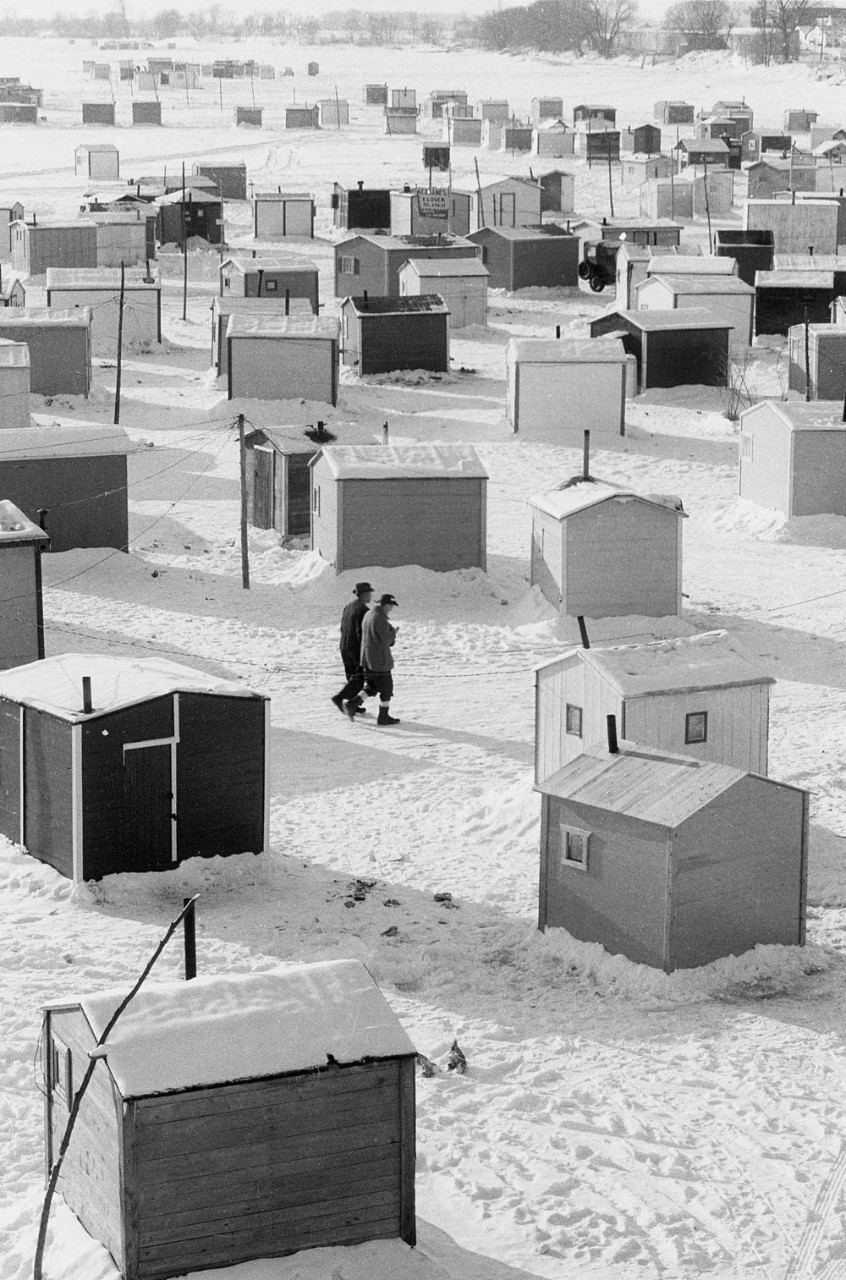ARTH 371 Studies in Canadian Architecture
- Mondays and Wednesdays, 2:45-5:30 pm
- Instructor: Andrew Rabyniuk
A material record of the events, attitudes, and social practices that make a place distinctive is represented in the history of its built environment. On one hand, examining this record raises questions about inclusion, omission, and the political aspects of constructing a history of place with a medium so varied in its technical and practical concerns. On the other hand, it reveals how architecture participates in the formation of cultural identity and the rhythms of everyday life: studying the history of architecture shows it to be a disciplinary or regulative force sanctioning official programs of spatial practice at the same time as it supports more and different forms of vital expression. How a place is defined and represented becomes a more open and complex process when these methodological issues concerning how history is made are set alongside questions about the practical, formal, and ideological motives underpinning architectural form.
This course is a survey of Canadian architecture covering a period of time beginning in the 19th century and continuing to the present. “Place” and the related concepts of “settlement” and “development” help guide our inquiry and analysis of the formal, cultural, and aesthetic features of the built environment in Canada. Broad themes such as nation building and governance; (regional) difference and (national) integration; materiality; and modernisation and social transformation organise our study. This approach let’s us learn about canonical buildings, styles and architectural elements. But it is also a chance to consider a wide range of building types, vernacular structures, infrastructure, and public spaces to better understand the extent to which architecture is a residual condition of historical processes instrumental in shaping a sense of place.
 Gar Junney, Ste.-Anne-de-la-Perade fishing huts, 1957, e011176439, Box 71, Item 4948903, National Film Board fonds, Library and Archives Canada.
Gar Junney, Ste.-Anne-de-la-Perade fishing huts, 1957, e011176439, Box 71, Item 4948903, National Film Board fonds, Library and Archives Canada.

